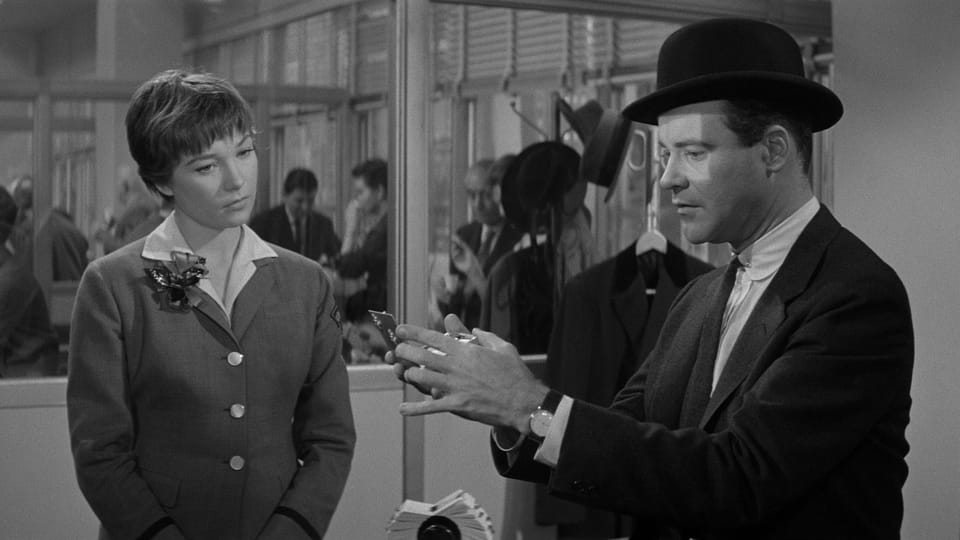What Emotion Are You Going For?
One of the primary principles of my rewriting is the question, "What is the emotion I want to evoke here?" It's a simple question. I wrote a line. Either dialogue or an action line. There should be no useless words, so I ask myself, what is this line's purpose?

The Story and Plot Weekly Email is published every Tuesday morning. Don't miss another one.
One of the primary principles of my rewriting is the question, "What is the emotion I want to evoke here?"
It's a simple question. I wrote a line. Either dialogue or an action line. There should be no useless words, so I ask myself, what is this line's purpose?
It's a joke I have in my UH classes. Clarity of intent is vital (and worth its own post), but to have clarity of intent, you need... intent.
Decisions must be made about why something is in the script.
Once I determine that emotional intent, the next question is, "Is the writing actually achieving it?"
And if not, how do I fix it?
Because you need to fix it. Don't take the reader's emotion for granted.
Do you want hope? Do you want fear? Tension? Joy? Awe?
Don't just describe the house. How do you want the audience to feel about the house? Do you want them to judge it? Be impressed by it? Repulsed? Do you want them to laugh?
You ask this for every single line.
Now, sure, sometimes a character is just getting out of bed. But is that all there is to it?
HOW do they get out of bed? If they struggle, that means something. If they bounce out, that means something else.
I'm not suggesting you go into detail. I'm recommending strong, thoughtful verb choices. Let your verb do the heavy lifting for you.
Occasionally, you will need something factual and mechanical to happen and that's all.
For example, you need a fork to drop to the floor because your character will hurt her back, reaching for it.
What emotion do we want here? Do we want the tension of whether the fork will fall or not? Maybe if it's nitroglycerin, but not here.
The emotion is in the injury. We can make it comic or tragic or whatever we want, but the injury is the thing.
Since the fork falling to the floor is just something that needs to happen to get to that, there is no point in spending extra time or space on the fork.
We want that part to be as direct and succinct as possible.
That's it. It doesn't need more than that. But the injury? If it's worth the real estate, we want to hit that emotion.
But the fork? The fork just dropped. That's all we needed from that.
If a line or action has no emotional intent, and it's not required to visualize the scene, that's an action you cut.
And you never need to think about it again.
There are a lot of variations to this principle, and I'll continue with this subject for the rest of the month.
But the process is simple. For every line:
- What emotion do I want to evoke here?
- Is the line actually evoking it?
- If not, rewrite it so it does.
- If no emotion is intended, write the action as direct and succinctly as possible.
- If no emotion is intended, and it's not required to visually understand the moment, CUT IT.
There is a similar process to every scene as well, but that gets a little more detailed.
The Story and Plot Weekly Email is published every Tuesday morning. Don't miss another one.
When you're ready, these are ways I can help you:
WORK WITH ME 1:1
1-on-1 Coaching | Screenplay Consultation
TAKE A COURSE
Mastering Structure | Idea To Outline




